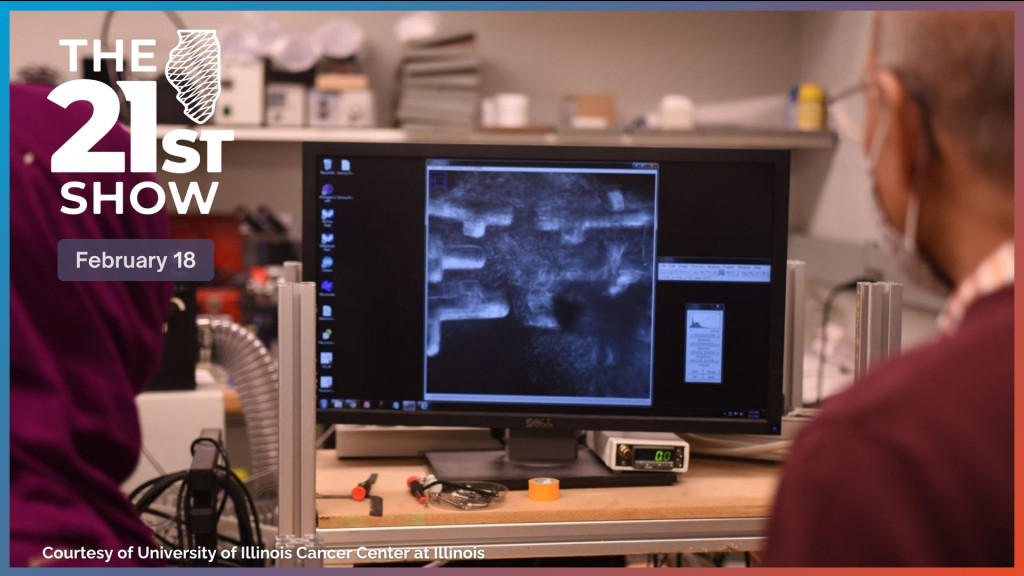How NIH funding cuts are impacting research at Illinois universities

Taher Saif, CCIL scientist and professor of mechanical science and engineering, pivoted his career to fight cancer after a personal experience with the disease. A CCIL Planning grant helped launched Saif's cancer research career, and today, he's an expert in the mechanisms of cell forces. The findings could lead to improved and more targeted cancer treatments. Images Courtesy of University of Illinois Cancer Center at Illinois
After World War II, the U.S. decided that instead of building its own research buildings, it would carry out those studies at the nation's universities with the government paying for indirect costs of the grants to support things like operations.
But the Trump administration and Elon Musk's Department of Government Efficiency decided to limit reimbursement to 15%. As of Tuesday morning, a judge has put that limit on hold, but there's already fallout at universities throughout Illinois.
A journalist who covers higher education and an official who oversees research at a downstate university join today's program to discuss the NIH cuts.
GUESTS
Megan Zahneis
Sr. Reporter, The Chronicle of Higher Education
Dr. Donald Torry
Associate Dean for Research, Southern Illinois University School of Medicine

